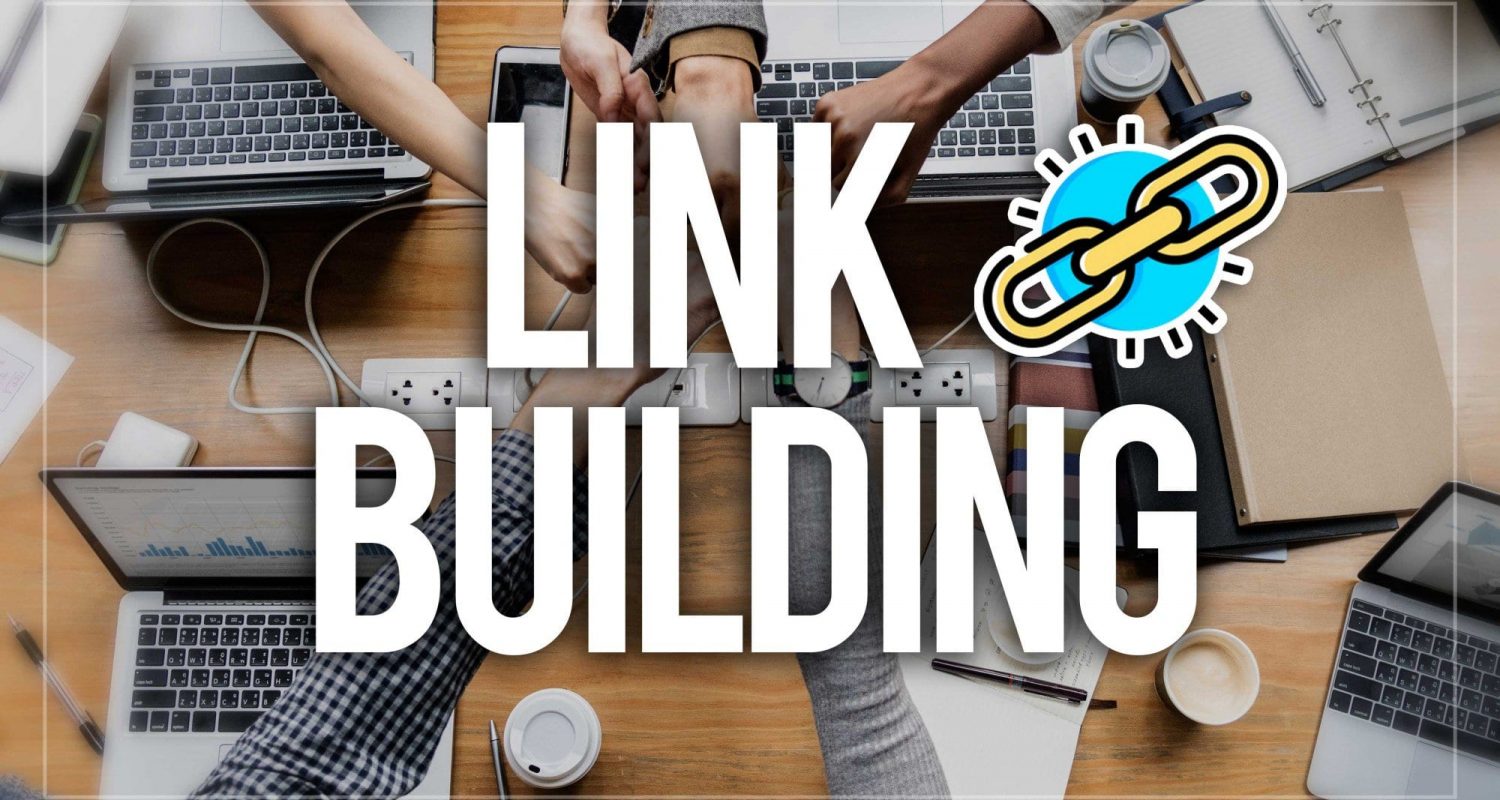Before you can even begin to think about ranking, you need to ensure that your content has links. Google finds your pages best when there is a link directing to the page. Internal links show Google your content and tell them how your website is structured. You get to showcase to Google what is important to you through internal linking – A good strategy can boost your SEO.
Internal Links:
Any link from one page of your website to another page on your website. Of course, it’s not exactly straightforward – There are different types of links. Search engines and users both use links to find content on your website. Your pages will not be found without links. The more links a page receives, the more important it will seem to search engines. Good internal links are crucial to your SEO.
So What Are The Different Types of Links?
Internal & External Links
Every website has internal and external links. Internal links connect pages and posts as we said and external links connect your pages to other websites.
Why Does Google Like Links So Much?
So why? The big question. Well, if you think about how many websites there are in the world, how many possible variations there are to be typed into the search bar. These internal links help Google to discover content by following the links. If a post or a page is getting a lot of links then this lets Google know that it’s high value content. There are a lot of Internal Linking tools that are available to help you on your way. Or we specialise in link building, external and internal.
Link value
Generally, the homepage of a website is filled with the most backlinks. The homepage therefore often has the greatest link value. The link value will be divided among all of the links found on that page. The link will be passed on to the following page and divided between the links there and so on and so forth.
Therefore, if for example, you are putting up a new blog post, you will get more link value if you link to us from the homepage instead of just through a category page – Google will also find it quicker this way.
When you understand this concept fully – Understanding that links pass their link value on then you will understand that the more links that are pointing to a post, the more value it has. Google deems pages that get alot of links as important, you’ll greatly increase your chances of getting that page ranked if you give a lot of links.
Setting up an internal linking strategy
A solid internal linking strategy is crucial to the success of your site’s SEO. Improving your internal linking on a regular basis will improve your site’s overall function and results. From Internal LInking, Google Will Discover and Understand
– The relevance of pages;
– The value of pages.
– The relationship between pages;
What Is The Right Internal Linking Strategy?
As with anything, there is no one size fits all businesses, but there are a set of guidelines and best practices that will help you to get onto your feet.
1. Determine the ideal structure for your site
The design of your website, your online presence are so important. It is crucial to get this right, layout, menu, linking are all so important and as you grow, if Google can’t understand your website’s layout, it will not enjoy this and you will not do as well as if you had invested in web design.
2. What Content Is Most Important
This is another very important stage. Deciding what content goes on the site, is what people are going to find when they are searching for a topic or a product that you specialise in. You want to let Google know what is the most important to you, so add as many links as possible to it.
3. Add contextual links
Contextual links., exactly what it says on the tin. When you are writing about a topic, if you have pieces of content that are about a certain topic then you should let Google and your users know. You can add links in throughout your text in Anchor text, or you can add the full links at the end of the text. Google will understand that they are all related, but you can let Google know which is your ‘Cornerstone’: Most relevant and complete around a topic.
4. Link hierarchical pages
If you have hierarchical pages on your website, link the parent pages to the child pages and vice versa. Sibling pages also need to be linked. A well-organised site should have these pages related and linking them like this will make perfect sense.
5. Consider adding a related post section
There are many plugins and modules that add complete related posts sections to your posts. If you use one, we recommend testing whether the related posts actually are related posts.
6. Add links to your taxonomies
Taxonomy SEO is the process of optimizing for search engines the pages on a website that are created based on the organizational structure of the content, such as categories and tags. Taxonomies help you organize your site and help users and Google to understand your content. If you have a blog it could be beneficial to add internal links to the taxonomies the post belongs to.
8. Consider adding links to popular or recent posts
Linking to the latest or most recent posts on your website is a great way to give yourself a boost. Sidebars and footers are the best place to put these on your website – that way they appear on all pages and posts. Again, link value passes to the most recent/popular posts from many different pages, so they will receive recognition for this. Plus, it’s easier for visitors to access, which will increase traffic to your site, which Google, loves.
9. Nofollow links
It used to be that you could simply give a link with no value a no follow tag and Google would ignore it, but Google has got smarter as always, and not a no follow tag will ensure that the link is not followed, but the value of that link will not be automatically filtered through the other links. With this knowledge in mind, it is better to have fewer links on the page instead of simply not following a lot of links.
10. Anchor texts
Once you have decided where the links are going to go and what pages are getting what link value, you need to focus on using the right anchor text. Anchor text is the clickable text that visitors see. The most important thing to remember is that to make sure that your anchor text is natural if you over optimise your anchor text, you could actually hurt your website – it’s called keyword stuffing.
I hope that these tips can assist you in your internal linking and give you a nudge in the right direction. If you have any questions, we are always open to a phone call, to see how we can help you. Remember to be natural in your linking, Google will penalise you if it looks like it is stuffed with keywords.
About the author:
We are also experts in getting targeted traffic to your site, so not only does your website look and function great, but with our SEO plans you will have a steady supply of potential customers finding your site via organic search.
We pride ourselves on ‘outcaring’ the competition by building meaningful connections with your audience through SEO. This way you’ll get the best ROI.
We believe that behind every search is a person, and we make your site the number 1 choice so these people find your website as their solution. It’s not just marketing for us, it’s personal.





